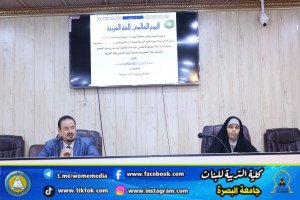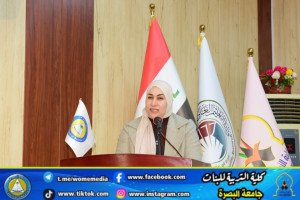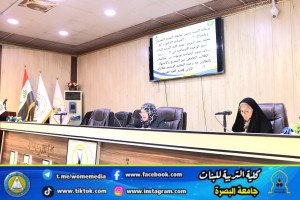
A scientific study at the University of Basra on monotheism and polytheism among the people of Israel
A scientific study at the College of Education for Girls by Dr. Abdul-Ghani Ghali Fares and researcher Makarem Ihsan Sobeih from the Department of History presented and analyzed monotheism and polytheism among the Children of Israel from their origins until the fall of the Kingdom of Judah in 587 BC.
The study addressed the first axis of monotheism and polytheism among the Children of Israel from their origins until the era of the Judges, and the second axis dealt with monotheism and polytheism among the Children of Israel in the era of the Judges, and the third and final axis concluded with monotheism and polytheism among the Children of Israel in the royal era.
The study concluded that the first generation of the children of Israel who grew up in the desert of Palestine had the highest levels of monotheism even after entering Egypt in the seventeenth century BC. As for the following generations that lived in Egypt, they were influenced by the religion of the ancient Egyptians and worshiped their gods, and true monotheism did not appear when The Israelites who were contemporary with Moses, peace be upon him, until after their exodus from Egypt in the late thirteenth century BC.
Also, after the division of their kingdom and its fall in 587 BC at the hands of the Babylonians, many of them polytheized God Almighty by adopting multiple gods and worshiping them, especially the gods Baal and Astarte.







